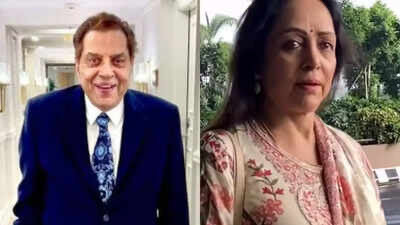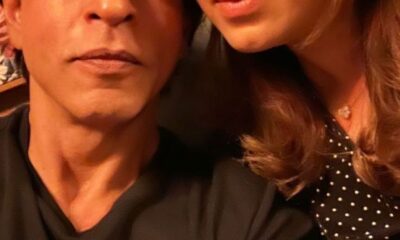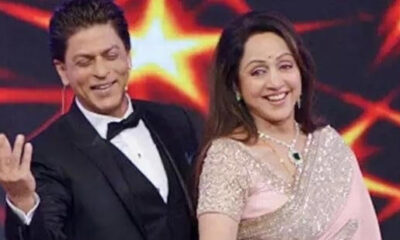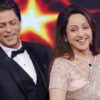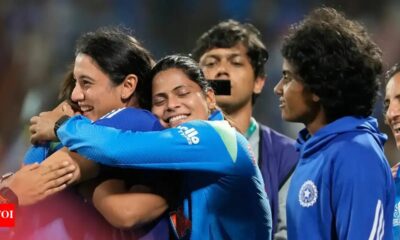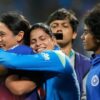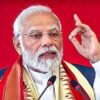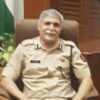Mohd. Rafi’s voice remains Everlasting even after 44 years
Mohd. Rafi’s voice remains Everlasting even after 44 years
It has been forty four years following the sad untimely passing away of the legendary singer Mohammed Rafi on July 31, 1980, at the young age of 55. Not an age to die.
Yet, his memorable songs persists to rejoice a musical
life everlasting on radio, television and modern streaming channels.
With one of the most recorded voices in human history, Mohammed Rafi is an
preeminent playback singer from the golden age of Hindi film music.
His rich inventory includes thousands of songs that helped him scale the popularity charts for over 30 years from the late 1940s to the early 1980s.
Blessed with an euphonious voice which he finally tuned
with technical finesse, Rafi had a range as wide as the Himalayas.
This musical wizard have had the rare ability to juggle
boisterous songs (Chahe Koi Mujhe Junglee Kahe) with high-pitched emotion-soaked numbers (O Duniya Ke Rakhwale). He could jump genres from classical (Madhuban Mein Radhika Nache) to pop (Jaan Pehchaan Ho) without missing a beat.
His gift for expression could refine a song’s philosophy (Main Zindagi Ka Saath Nibhata Chala Gaya) to its essence, and his vocals could also create a seductive aura (Yeh Jo Chilman Hai) by lovingly caressing certain notes with breathy inflections.
Rarely, if ever, did Rafi strike a discordant note, either in his inspired singing or in his real life.
This humility stood the 20-year-old Rafi in good stead when he struggled as a chorus singer in the Hindi film music world of the mid-1940s despite having debuted under Shyam Sundar’s music direction with the Punjabi film Gul Baloch released in 1944.
According to Maestro Naushad the young, classically-trained Rafi Saab was ‘bahut sharmile, bahut shareef’ and was paid
Rs 10 for singing a line in his composition Hindustan Ke Hum Hai Hindustan Hamara for Pehle Aap released in 1944.
Rafi was also part of the legendary K L Saigal’s song from Shahjehan Roohi Roohi before Naushad eventually gave the young crooner solo songs filmed on non-leading actors in Anmol Ghadi (Tera Khilona Toota Balak) and Mela (Yeh Zindagi Ke Mele).
The popularity of these numbers led to Rafi being flooded with assignments including the burnished romantic nugget Suhani Raat Dhal Chuki from Dulari released in 1949.
Rafi’s successful jugalbandi with Naushad and Dilip Kumar played a pivotal role in his career. It wasn’t Naushad, however, who first gave Rafi the opportunity to playback for Dilip Kumar.
That credit goes to Feroz Nizami (Yahan Badla Wafa Ka from Jugnu) and Ghulam Haider (Watan Ki Raah Pe from Shaheed).
In fact, Naushad alternated amid Rafi, Mukesh and Talat Mahmood those days.
Ironically, Naushad pencilled Rafi in to playback for Raj Kapoor while assigning the four solos filmed on Dilip Kumar to Mukesh in Andaaz released in 1949.
To Rafi’s advantage, he remained focused on singing prolifically, while Mukesh, Talat Mahmood and Kishore Kumar were distracted from playback singing by their acting careers as leading men in films.
This paid off tremendously when Rafi scored a major breakthrough with two Naushad scores in 1952.
In Aan, Rafi’s talent shone in jaunty hits like Maan Mera Ehsaan Arrey Nadaan while Baiju Bawra immortalised him thanks to his impassioned rendering of renowned bhajans like Man Tarpat Hari Darshan Ko Aaj.
Rafi’s polished vocals in the latter film made it seem plausible for leading man Bharat Bhushan to play fabled singer Tansen’s competitor.
Hereafter, Rafi became the predominant male singer for both Naushad and Dilip Kumar. But other leading music directors were surprisingly slow to jump onto the Rafi bandwagon.
Shankar Jaikishan, C Ramchandra and S D Burman found vehicles for Rafi’s vocals only sparingly till the late 1950s.
Notedly, it was O P Nayyar who consistently boosted Rafi’s commercial standing in the mid-1950s with Aar Paar, Mr And Mrs 55, CID, Naya Daur and Tumsa Nahin Dekha.
Nayyar’s rhythmic hits were primarily playful songs like
Ude Jab Jab Zulfein Teri but simultaneously, in 1957, Rafi could also breathe a thousand shades of despair into SD Burman’s Yeh Duniya Agar Mil Bhi Jaaye (Pyaasa) and Chitragupta’s Chal Ud Jaa Re Panchhi (Bhabhi).
This paved the way for Rafi’s dominance in the 1960s as the unchallenged supremo among male playback singers.
It was a glorious decade for Rafi as he emerged as the premier voice for the foremost composers such as Shankar Jaikishen, Naushad, S D Burman, O P Nayyar, Ravi, Roshan, Madan Mohan as well as upcoming talents like R D Burman (Teesri Manzil), Kalyanji Anandji (Jab Jab Phool Khile) and Laxmikant Pyarelal (Aaye Din Bahar Ke).
It was in 1961 when Rafi sang for a half-a-dozen hit films like Ganga Jamuna, Junglee, Sasural, Gharana, Hum Dono, Jab Pyar Kisise His Hai.
Running the gamut from the romantic serenade Abhi Na Jao Chhodkar to the rustic Nain Lad Jaye Hai, Rafi effectively highlighted his ability to retain total control of his rendition while parsing every emotion.
Rafi was also the predominant singing voice for most of the decade’s leading men, be it Dilip Kumar, Rajendra Kumar, Pradeep Kumar, Joy Mukherjee, Shashi Kapoor, Dharmendra and, in particular, Shammi Kapoor (Taareef Karoon Kya Uski, Akele Akele Kahan Jaa Rahe Ho).
Rafi bagged five Filmfare awards in the decade.
The only unanticipated hiccup came in 1964 when Rafi had a fallout with Lata Mangeshkar, the undisputed queen among female playback singers, over the royalty rights of singers.
The two dynamos stopped working together which led to Rafi vocalising a bunch of popular duets with Suman Kalyanpur in this period (Na-Na Karte Pyar, Aaj Kal Tere Mere Pyar Ke Charche).
In the classic film, Guide, Lata teamed up with Kishore Kumar for the duet Gaata Rahe Mera Dil though Rafi was the voice of leading man Dev Anand in the film’s three male solos.
Fortunately for Lata-Rafi fans, the rift in the lute was soon mended and they started collaborating again with their earlier bonhomie, without either having experienced any detrimental effect on their careers.
Rafi’s career did suffer a shock when the Kishore Kumar tsunami in conjunction with Rajesh Khanna’s superstardom swept the nation post Aradhana.
Even in this period, Rafi’s voice remained in peak form and the hits didn’t entirely come to a grinding halt.
Rafi scored with Gulabi Aankhen (for Rajesh Khanna), Kitna Pyara Waada (for Jeetendra), Aaj Mausam Bada Beimaan (for Dharmendra) and that iridescent gem lifted by his ability to articulate the subtext: Tum Jo Mil Gaye Ho (Hanste Zakham).
The tide turned in 1977 when Rafi staged a thumping commercial comeback with crowd-pleasing qawwalis in blockbusters Amar Akbar Anthony (Parda Hai Parda) and Hum Kisise Kam Nahin.
He also bagged the National Award for the latter film’s rather mawkish Kya Hua Tera Wada.
Rafi was back to recording pitch-perfect songs in his robust yet sensitive style.
He had big-name supporters like Laxmikant Pyarelal, Manmohan Desai and Dharmendra rooting for him, and hit songs in Suhaag, Sargam, Asha and Naseeb crowded Rafi’s already golden oeuvre.
Alas, the second innings was sharply abbreviated.
In 1980, Rafi’s rich voice was stilled forever, even as his latest hit Dard-E-Dil from Karz with the line Aur Thodi Der Mein Bas, Hum Juda Ho Jayenge poignantly tugging at the heartstrings of music aficionados everywhere.
News Edit K.V.Raman





